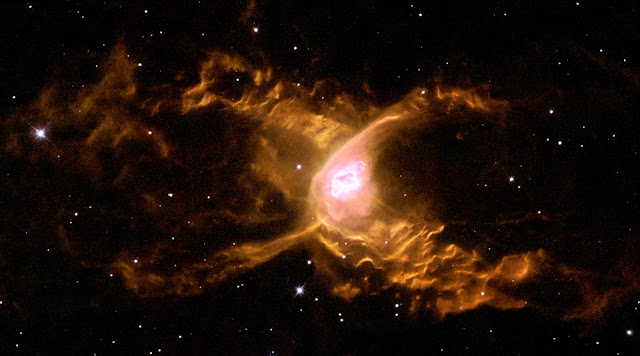NASA’s SpaceX Crew-5 Prelaunch Suit-up | Kennedy Space Center
In their SpaceX spacesuits are, from left, JAXA (Japan Aerospace Exploration Agency) astronaut Koichi Wakata, NASA astronauts Nicole Aunapu Mann and Josh Cassada, and Roscosmos cosmonaut Anna Kikina (Russia).
In their SpaceX spacesuits inside the crew suit-up room in the Neil A. Armstrong Operations and Checkout Building are, from left, Roscosmos cosmonaut Anna Kikina (Russia), NASA astronauts Josh Cassada and Nicole Aunapu Mann, and JAXA (Japan Aerospace Exploration Agency) astronaut Koichi Wakata.
Roscosmos cosmonaut Anna Kikina (Russia) is seated inside the crew suit-up room
NASA astronaut Nicole Aunapu Mann is seated inside the crew suit-up room
NASA astronaut Josh Cassada is photographed in his SpaceX spacesuit inside the crew suit-up room
JAXA (Japan Aerospace Exploration Agency) astronaut Koichi Wakata is seated inside the crew suit-up room
In front are NASA astronauts Josh Cassada (left) and Nicole Aunapu Mann, and behind them are Roscosmos cosmonaut Anna Kikina (Russia) (left) and JAXA astronaut Koichi Wakata (Japan)
JAXA astronaut Koichi Wakata (Japan), center, is seen with Roscosmos cosmonaut Anna Kikina (Russia), left, and NASA astronaut Nicole Mann, wearing SpaceX spacesuits
NASA’s SpaceX Crew-5 astronauts participate in a countdown dress rehearsal at the agency’s Kennedy Space Center in Florida on Oct. 2, 2022, to prepare for the upcoming Crew-5 launch. The crew will launch to the International Space Station aboard SpaceX’s Crew Dragon Endurance spacecraft for a science expedition mission as part of NASA’s Commercial Crew Program. Liftoff of SpaceX’s Falcon 9 rocket is targeted for no earlier than noon EDT on Oct. 5, 2022, from Kennedy’s Launch Complex 39A.
Astronaut Nicole Mann Official NASA Biography
https://www.nasa.gov/astronauts/biographies/nicole-a-mann
Astronaut Josh Cassada Official NASA Biography
https://www.nasa.gov/astronauts/biographies/josh-a-cassada
Astronaut Koichi Wakata Official JAXA Biography
https://humans-in-space.jaxa.jp/en/astronaut/wakata-koichi/
Cosmonaut Anna Kikina Roscosmos Info
Anna Yuryevna Kikina (Russian: Анна Юрьевна Кикина, born August 27, 1984, in Novosibirsk) is a Russian engineer and test cosmonaut, selected in 2012. She is the only woman cosmonaut currently in active service at Roscosmos. [Wikipedia]
An international partnership of space agencies provides and operates the elements of the International Space Station (ISS). The principals are the space agencies of the United States, Russia, Europe, Japan, and Canada. The ISS has been the most politically complex space exploration program ever undertaken.
Image Credit: NASA/Kim Shiflett
Image Date: October 2, 2022
#NASA #Space #ISS #Roscosmos #JAXA #SpaceX #SpacexCrew5 #CrewDragon #Astronauts #NicoleMann #JoshCassada #KoichiWakata #Cosmonaut #AnnaKikina #Roscosmos #Роскосмос #Astronauts #HumanSpaceflight #Expedition68 #Japan #日本 #Russia #Россия #KennedySpaceCenter #Florida #UnitedStates #Science #STEM #Education




.jpg)

















ESAHubble480pcover.jpg)

